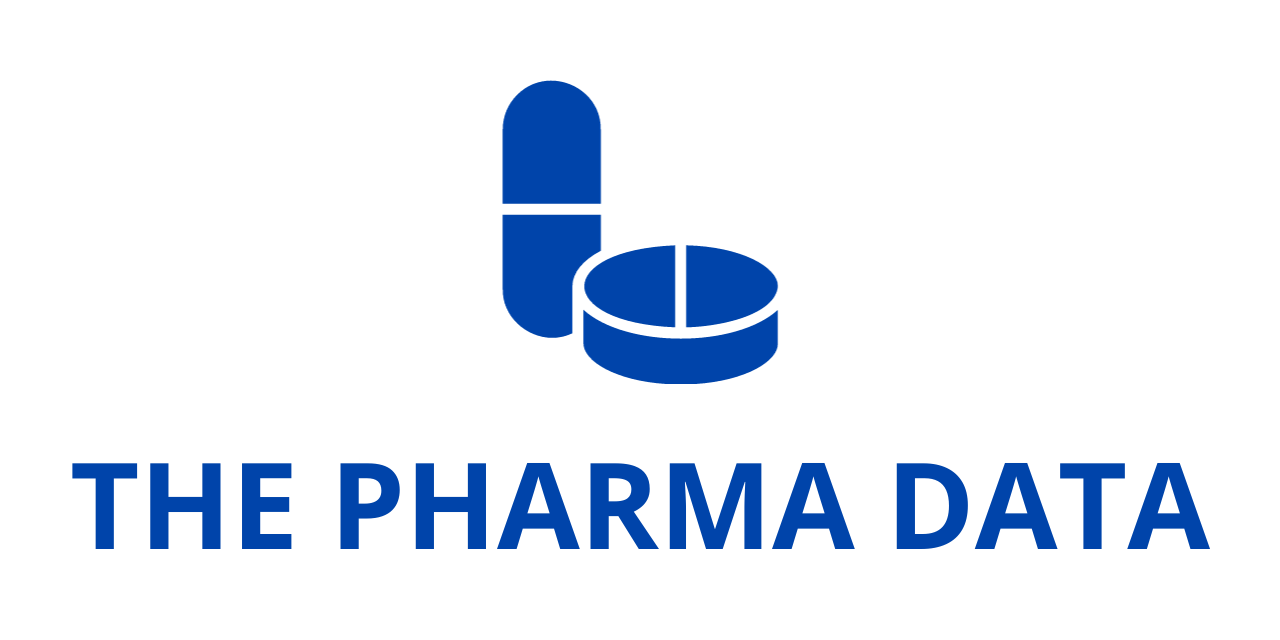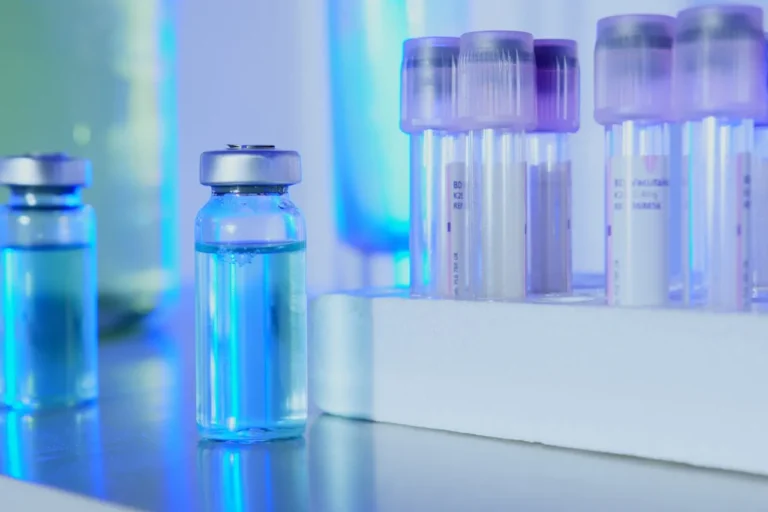
The World Health Organization (WHO) has released its latest report on tuberculosis (TB), revealing that 8.2 million people were newly diagnosed in 2023—the highest number since WHO began tracking TB globally in 1995. This increase, up from 7.5 million in 2022, positions TB once again as the leading infectious disease killer, overtaking COVID-19.
The Global Tuberculosis Report 2024 highlights both progress and persistent challenges in combating TB worldwide. Although TB-related deaths dropped from 1.32 million in 2022 to 1.25 million in 2023, the number of people contracting the disease rose slightly to an estimated 10.8 million in 2023. High-burden countries, including India (26%), Indonesia (10%), China (6.8%), the Philippines (6.8%), and Pakistan (6.3%), accounted for over half of the global cases. Men constituted 55% of new cases, women 33%, and children and adolescents 12%.
“The fact that TB continues to claim so many lives is unacceptable, especially when prevention, detection, and treatment tools are available,” said WHO Director-General Dr. Tedros Adhanom Ghebreyesus. “WHO calls on all nations to honor their commitments to expanding these tools and ending TB.”
The gap between estimated and reported cases narrowed to about 2.7 million in 2023, a marked improvement from the 4 million unreported cases during the COVID-19 pandemic. While coverage of preventive TB treatment has remained strong for people living with HIV and improved for close contacts of TB patients, multidrug-resistant TB remains a major health crisis. Treatment success for multidrug-resistant TB (MDR/RR-TB) has reached 68%, but only 44% of the estimated 400,000 people with MDR/RR-TB received treatment in 2023.
Funding Shortfalls
Global funding for TB prevention and care remains significantly below target. Low- and middle-income countries (LMICs), which carry 98% of the TB burden, faced severe funding shortages, with only $5.7 billion available in 2023 against the $22 billion annual target. The United States remains the largest bilateral donor, while contributions from the Global Fund to Fight AIDS, Tuberculosis, and Malaria continue to support the TB response but fall short of the essential needs.
Additionally, TB research funding reached only one-fifth of the $5 billion target in 2022, slowing the development of new diagnostics, drugs, and vaccines. WHO is advancing the TB vaccine agenda with the support of the TB Vaccine Accelerator Council.
Complex Causes and New Data on Financial Burdens
The report introduces new data showing that half of TB-affected households in LMICs face catastrophic costs—exceeding 20% of annual income—for TB diagnosis and treatment. Major drivers of TB include undernutrition, HIV, alcohol use, smoking, and diabetes, with poverty and economic instability worsening these risks.
“We face serious challenges: funding gaps, catastrophic financial burdens on affected households, climate change, conflict, migration, pandemics, and drug-resistant TB,” said Dr. Tereza Kasaeva, Director of WHO’s Global Tuberculosis Programme. “A united, cross-sectoral approach is critical to overcoming these issues.”
Global targets for reducing TB remain off-track, and significant advances are needed to meet the milestones set for 2027 ahead of the second UN High-Level Meeting on TB. WHO urges governments, partners, and donors to follow through on commitments made in 2023 and prioritize funding for TB research, especially for vaccine development, to accelerate progress and meet global goals.




